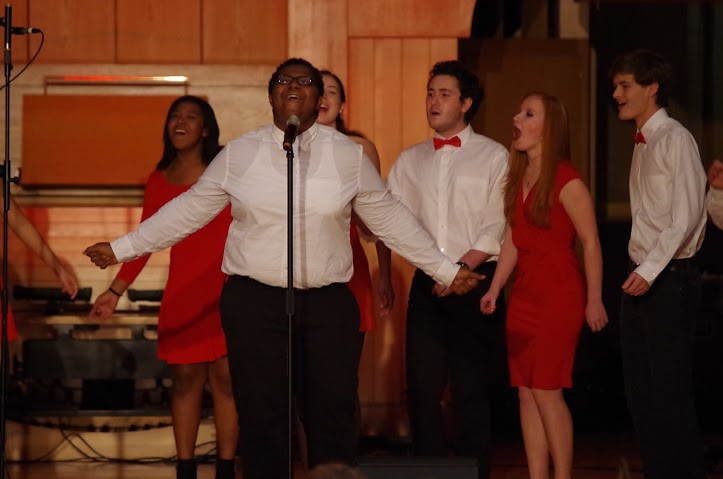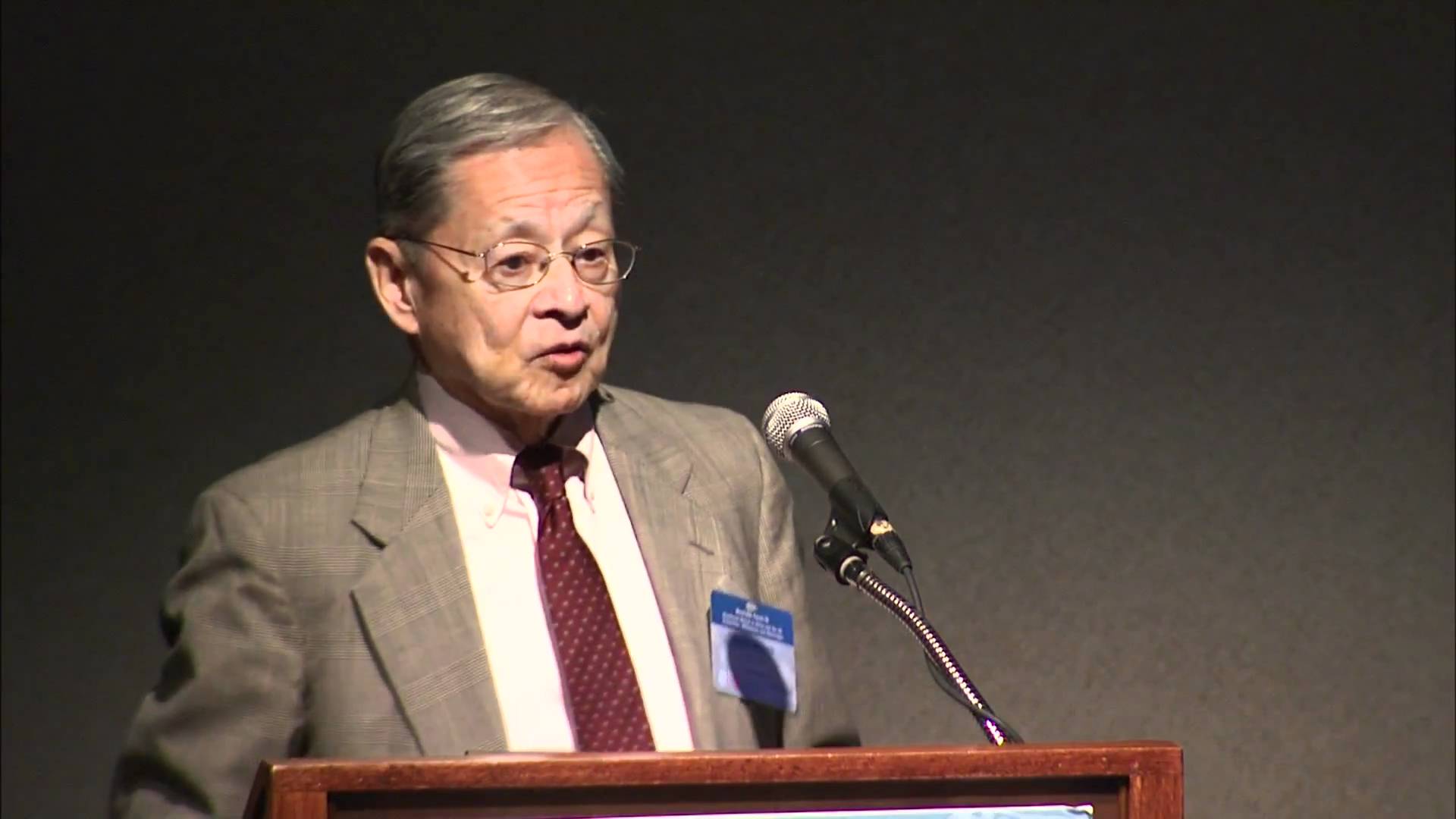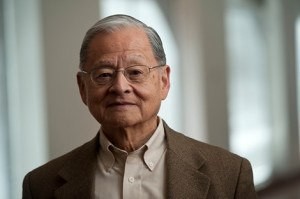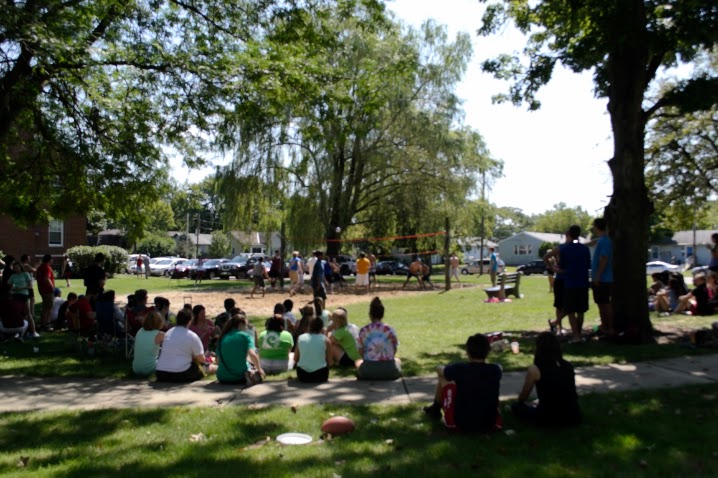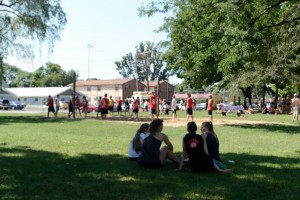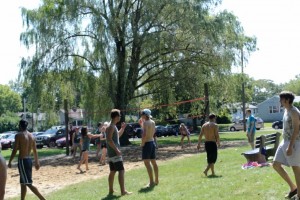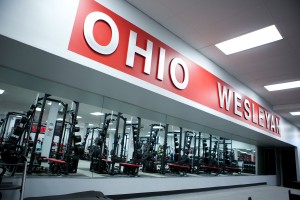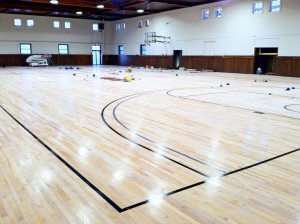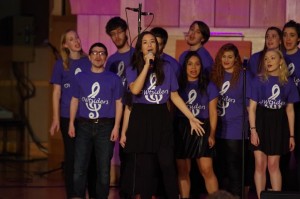
On Nov. 7, members of the Delaware and Ohio Wesleyan community came together to enjoy song and laughter at the third annual A Cappellooza.
The event was held in Gray Chapel, with music fans filling the orchestra and balconies.
Organized by the Campus Programing Board (CPB), A Cappellooza brought together groups from OWU, Wittenberg University, Denison University and Akron University.
CPB also hosted a professional guest for the night, a cappella group Street Corner Symphony.
Street Corner Symphony sang Johnny Cash to open their set, a choice that reflected their southern heritage. The group’s band members are all from Nashville, Tennessee.
Senior Miranda Dean said “they sounded pretty Southern.”
Street Corner Symphony went on to invite volunteers from the audience to join them on stage as they sang the theme song from “Fresh Prince of Bel-Air.”
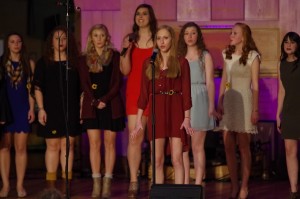
Compared to last year’s group, sophomore Maddy Bonfield believed that Street Corner Symphony “tried to get the crowd more into it.”
Senior Julia Stone, member of both OWU a capella groups, the OWTsiders and Pitch Black, mentioned that “all the groups are really supportive of each other.”
Bonfield noted that it was “cool to see the other schools…and their fan base.”
After the event, all the groups were invited for an A Cappella mixer at the Peace and Justice small living unit.
Stone said “quite a few [from Denison] showed up and we just sort of improvised music together.”
It shows to the unifying effect that A Cappellooza had on the community.
